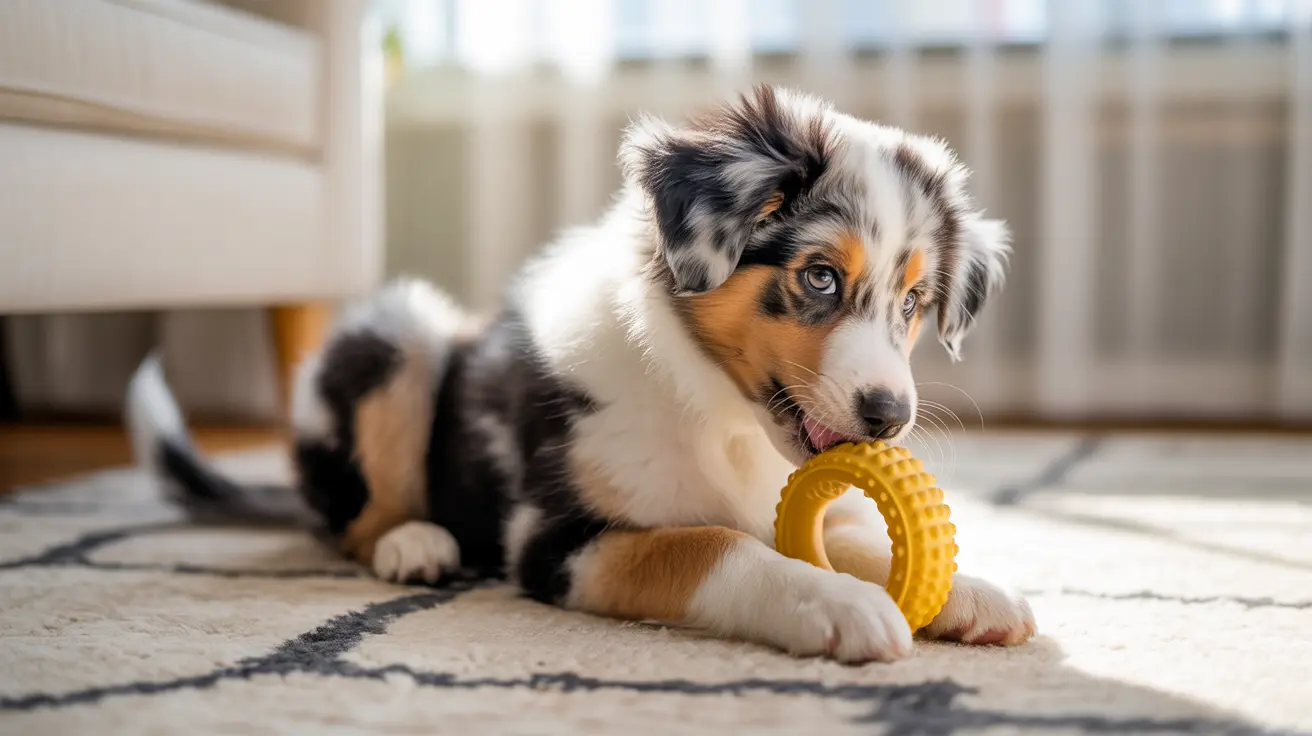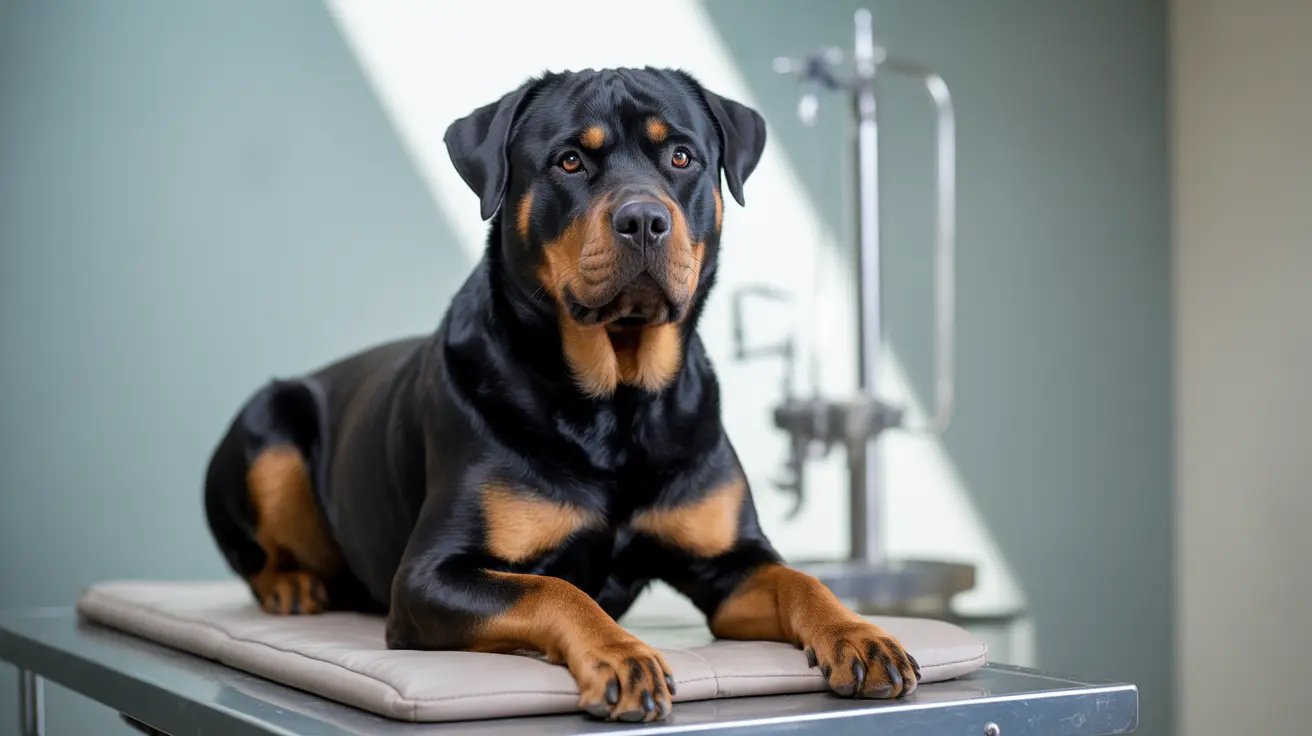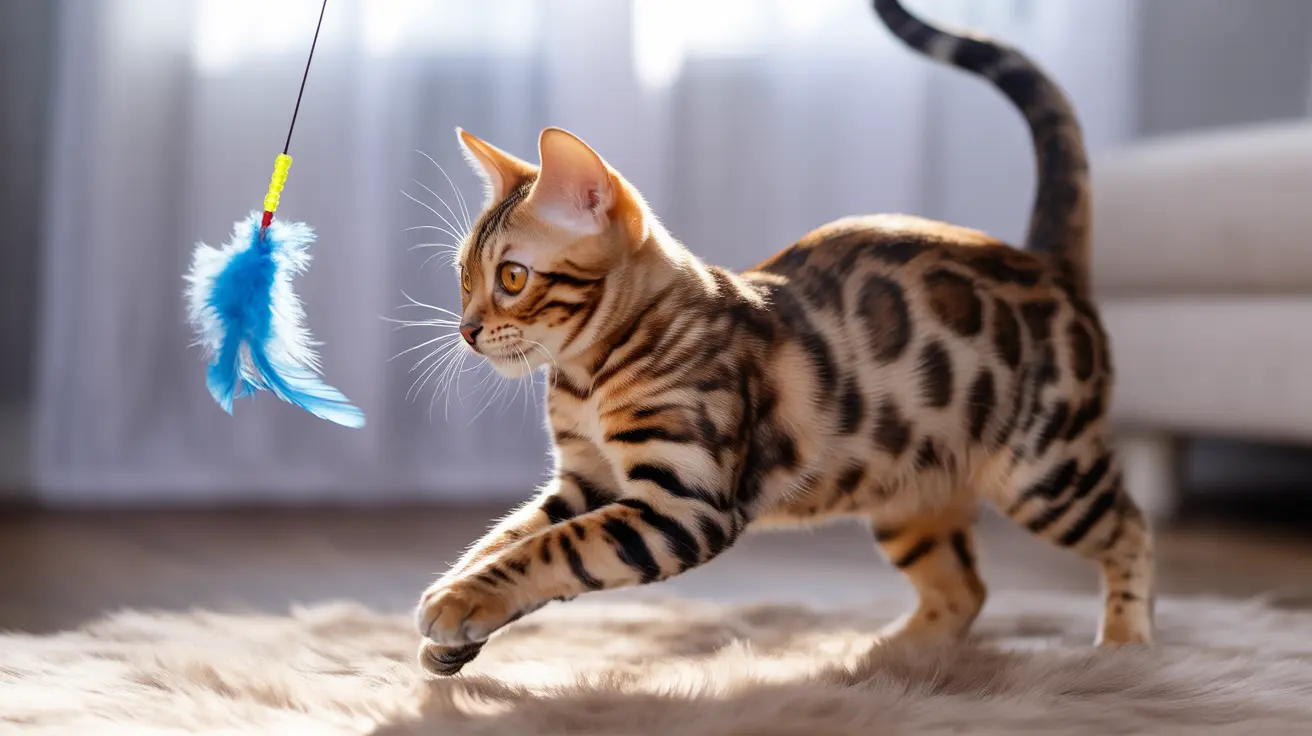If you've noticed a swaying flap of skin on your cat's belly, you're observing what's known as the primordial pouch. This fascinating anatomical feature, present in both domestic and wild cats, serves several important purposes and has deep evolutionary roots. Let's explore everything you need to know about this distinctive feline characteristic.
What Is a Cat's Primordial Pouch?
The primordial pouch is a natural anatomical feature consisting of loose skin, fur, and fatty tissue that hangs beneath a cat's belly. Located between the hind legs and midsection, this pouch is present in all cats regardless of breed, gender, or size. It typically begins developing around six months of age and becomes more noticeable as cats mature.
This unique feature isn't a sign of obesity or poor health - it's actually a valuable evolutionary adaptation that has helped cats survive and thrive throughout history.
Common Breeds with Distinctive Primordial Pouches
While all cats have this anatomical feature, certain breeds are known for having more prominent primordial pouches. These include:
- Egyptian Mau
- Bengal
- Pixie Bob
- Japanese Bobtail
- British Shorthair
- American Bobtail
In fact, for some breeds like the Bengal and Pixie Bob, a visible primordial pouch is actually considered desirable according to breed standards.
The Evolutionary Purpose of the Primordial Pouch
This remarkable feature serves several vital functions in both domestic and wild cats:
Protection
The loose skin provides extra protection for vital organs during fights or encounters with predators. It acts as a protective cushion, helping to prevent serious injury from bites or scratches.
Enhanced Mobility
The extra skin allows cats to stretch fully and move with greater agility. This flexibility is particularly important when running, jumping, or engaging in defensive maneuvers.
Energy Storage
The fatty tissue within the pouch can serve as an emergency energy reserve during periods when food might be scarce - a crucial survival mechanism inherited from their wild ancestors.
Distinguishing Between Primordial Pouch and Excess Weight
One common concern among cat owners is distinguishing between a healthy primordial pouch and excess weight. Here are some key differences:
- The primordial pouch is located specifically in the lower belly area
- It swings from side to side when cats walk
- It's present even in cats at healthy weights
- The pouch feels soft and loose, unlike the firm padding of fat deposits
Care and Monitoring
While the primordial pouch is a normal feature requiring no special care, it's important to monitor any significant changes in size or appearance. Regular veterinary check-ups can help ensure your cat maintains a healthy weight while preserving this natural anatomical feature.
Frequently Asked Questions
Which cat breeds are most likely to have prominent primordial pouches?
Egyptian Mau, Bengal, Pixie Bob, and Japanese Bobtail cats typically display more prominent primordial pouches, though all cats have this feature to some degree.
Is the primordial pouch a sign of obesity in cats?
No, the primordial pouch is not a sign of obesity. It's a natural anatomical feature present in all cats, regardless of their weight or body condition.
How can I distinguish between a primordial pouch and excess fat in my cat?
The primordial pouch is a loose, swaying flap located specifically in the lower belly area, while excess fat tends to be distributed more evenly throughout the body and feels firmer to the touch.
Can a cat's primordial pouch change in size or appearance over time?
Yes, the pouch typically becomes more noticeable as cats age and can appear more prominent after spaying or neutering, though these changes are normal and healthy.
What is the evolutionary purpose of a cat's primordial pouch?
The primordial pouch serves multiple evolutionary purposes, including protecting vital organs during fights, allowing greater flexibility during movement, and providing emergency energy storage.






